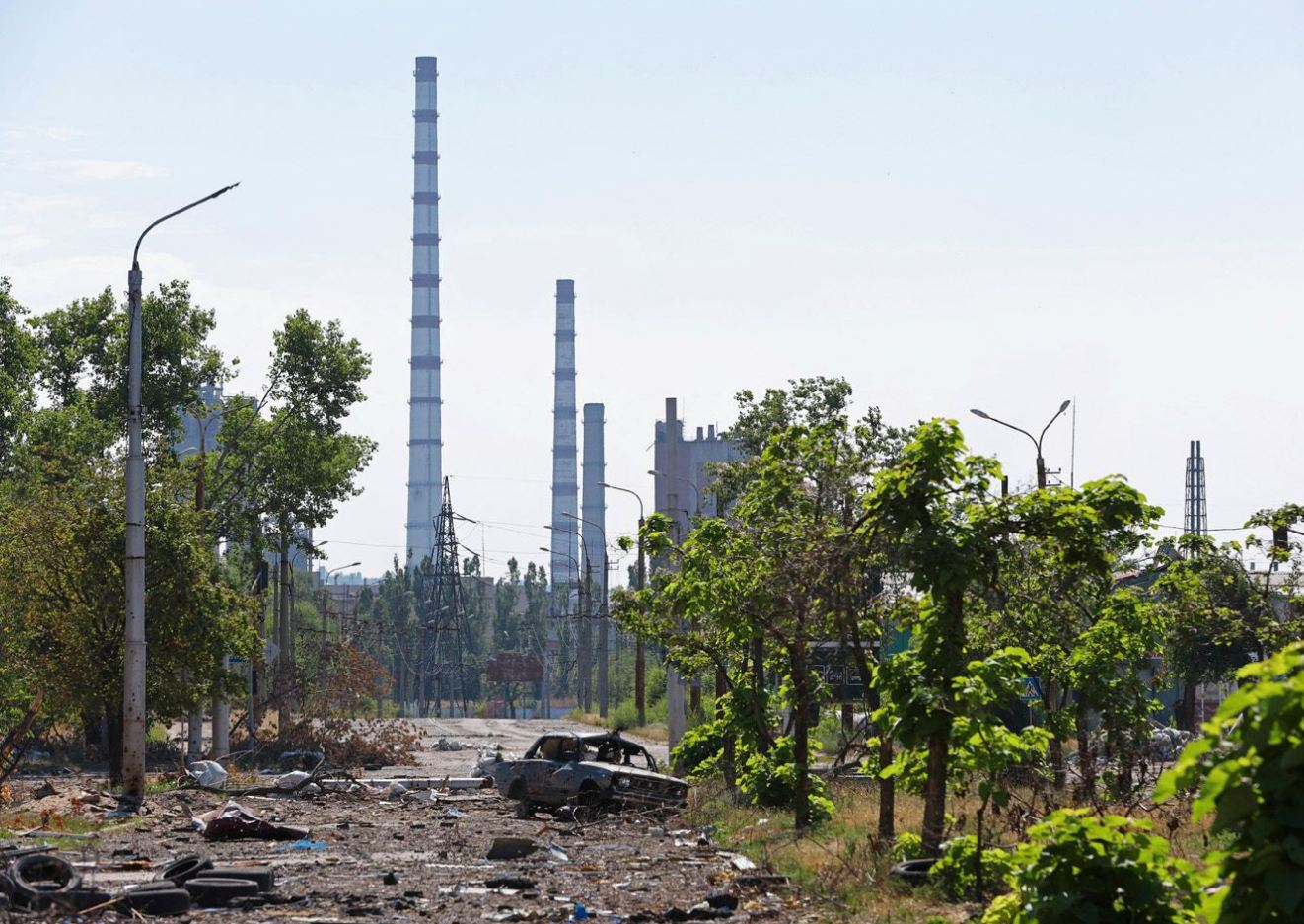Ukraine is one of the world’s largest agricultural producers and exporters, but its agro-industry and overall production capacity have been severely impacted by intense fighting and deliberate military targeting, new PAX research shows. Damaged agro-industrial sites pose significant environmental risks with potential long-term consequences to public health; the new report finds numerous verified incidents against these types of facilities.
The new Environment and Conflict Alert by PAX shows how the bombing of fertilizer production plants, storage silos, and large-scale farms have caused verified damage to at least 61 of these major facilities in Ukraine. The damage and destruction of these agro-chemical facilities pose acute environmental risks, which in turn can have long-term impacts on human health. The verified incidents include industrial-sized farms with large numbers of cattle and poultry, agro-chemical facilities and silos storing vegetable oil and fertilizer storages at farms and agricultural fields.The findings by PAX underscore recent the ground investigation and application of remote sensing by researchers to document the impacts of agricultural facilities
40% reduction in the use of agricultural land
Hazardous substances from these facilities poison the environment by air, surface water, soil, and groundwater, which can result in acute toxicity effects on humans and other species and outbreaks of various diseases. For example, in Severodonetsk, intense fighting around the largest chemical plants in Ukraine producing fertilizer resulted in explosions of locations storing nitric-acid and ammonia.
Moreover, about a quarter of all Ukrainian agricultural land area is occupied and an even larger share has been destroyed or polluted. There has been an estimated 40% reduction in the use of agricultural land due to fertile soil destruction and pollution by mines and unexploded ordnance. Russian military strategy has led to supply chain disruptions because of occupied southern territories with seaports. At the same time, a significant part of damages is accounted for by stolen agrarian goods, while many farms have been destroyed. All these factors have resulted in a substantial decrease in Ukraine’s agricultural production, threatening global food security.

Minimizing risks of toxic substances
Iryna Nikolaieva, environmental expert and co-author of the report, stresses the need for documentation and restoration: “The monitoring of the damage has shown the need for significant investment in the restoration of the agricultural sector’s capacities and work on the reclamation of contaminated agricultural land, including the cleanup of mined areas. With the main goal: minimizing health risks and harmful effects of toxic substances from damaged sites. The war goes on, which will lead to more destruction and damage that must be continuously documented and assessed in order to carry out priority environmental work with the support of the international community.”
Since February 24 2022, PAX, in collaboration with the Centre for Information Resilience (CIR), has been monitoring damage to Ukraine’s agro-industrial facilities, providing insight into the scale and intensity of the environmental dimensions of the war. This Environment and Conflict Alert on Ukraine, produced with funding from UN Environment Program (UNEP) and Stichting Samenwerkende Hulp Organisaties (SHO) / Giro 555, follows a previous report by PAX on the attacks against Ukraine’s energy infrastructure. Other Environment and Conflict Alerts had a focus on conflict linked oil spills and wildfires in Syria, Iraq and environmental impacts of the Israeli campaign in Gaza.




